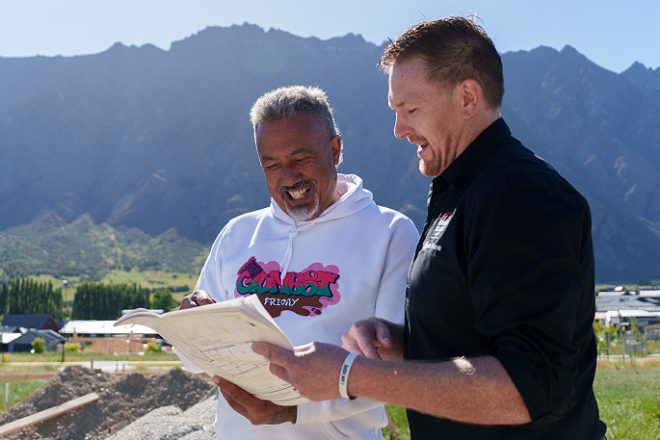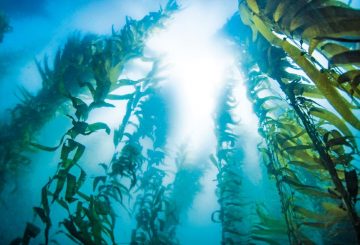Dự án Hope Home, do Fowler Homes dẫn đầu và được hỗ trợ bởi tổ chức từ thiện sức khỏe tâm thần thanh thiếu niên hàng đầu của New Zealand, I Am Hope, đang tiến lên phía trước. Các bức tường và tấm lợp đã được lắp đặt, đây là một bước quan trọng trong quá trình xây dựng. Jason McGirr, Giám đốc điều hành của Fowler Homes, cho biết dự án này là biểu tượng của hy vọng cho cộng đồng và thể hiện cam kết của họ trong việc cống hiến.
Hơn 30 nhà cung cấp đã hào phóng đóng góp vật liệu xây dựng và nguồn lực cho dự án. Các nhà cung cấp này, cung cấp mọi thứ từ hệ thống sưởi ấm đến tấm ốp, đã cho thấy mức độ hỗ trợ đáng kể cho sức khỏe tâm thần của thanh thiếu niên ở New Zealand.
Jason McGirr, người từng là một sĩ quan cảnh sát, nhận thức sâu sắc về các vấn đề sức khỏe tâm thần mà New Zealand phải đối mặt. Anh ấy nói rằng dự án The Hope Home không chỉ là về xây dựng, mà là một dự án đam mê mà anh ấy chia sẻ với vợ và đối tác kinh doanh, Jen.
Sức khỏe tâm thần của thanh thiếu niên ở New Zealand đang trở nên tồi tệ hơn khi nhu cầu về các dịch vụ sức khỏe tâm thần ngày càng tăng. Trong mười năm qua, I Am Hope đã làm việc với hơn 300.000 trẻ em trong các trường học trên khắp đất nước. Dịch vụ tư vấn miễn phí Gumboot Friday của họ đã tăng 500% trong hai năm qua, hiện hỗ trợ hơn 3400 buổi miễn phí mỗi tháng.
Người sáng lập I Am Hope Mike King ca ngợi những nỗ lực của các doanh nghiệp New Zealand trong việc quyên góp cả một ngôi nhà để giúp đỡ trẻ em gặp khó khăn. Ông cho biết Ngôi nhà Hy vọng là biểu tượng của hy vọng và đoàn kết, cho thấy làm việc cùng nhau có thể tạo ra sự khác biệt lớn trong hỗ trợ sức khỏe tâm thần như thế nào.
Hope Home dự kiến sẽ hoàn thành vào tháng 10 năm 2024 và sẽ được bán đấu giá. Lợi nhuận sẽ được công bố vào thứ Sáu Gumboot, ngày 1 tháng 11 năm 2024.





























































